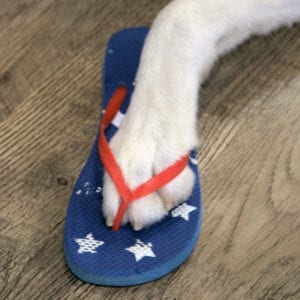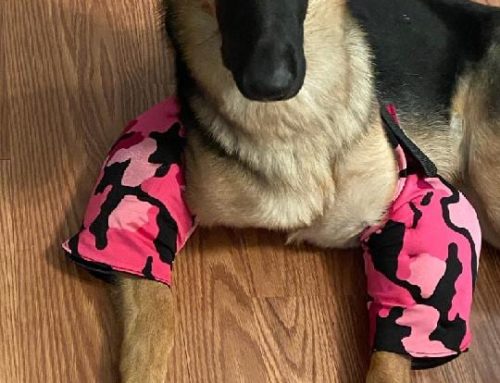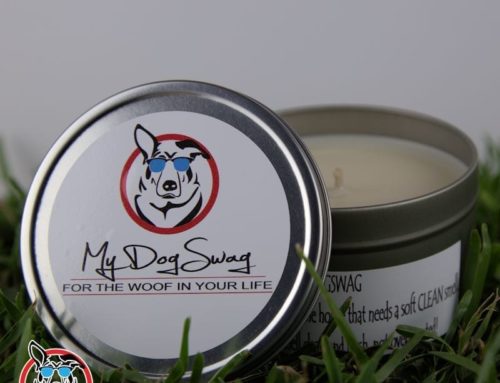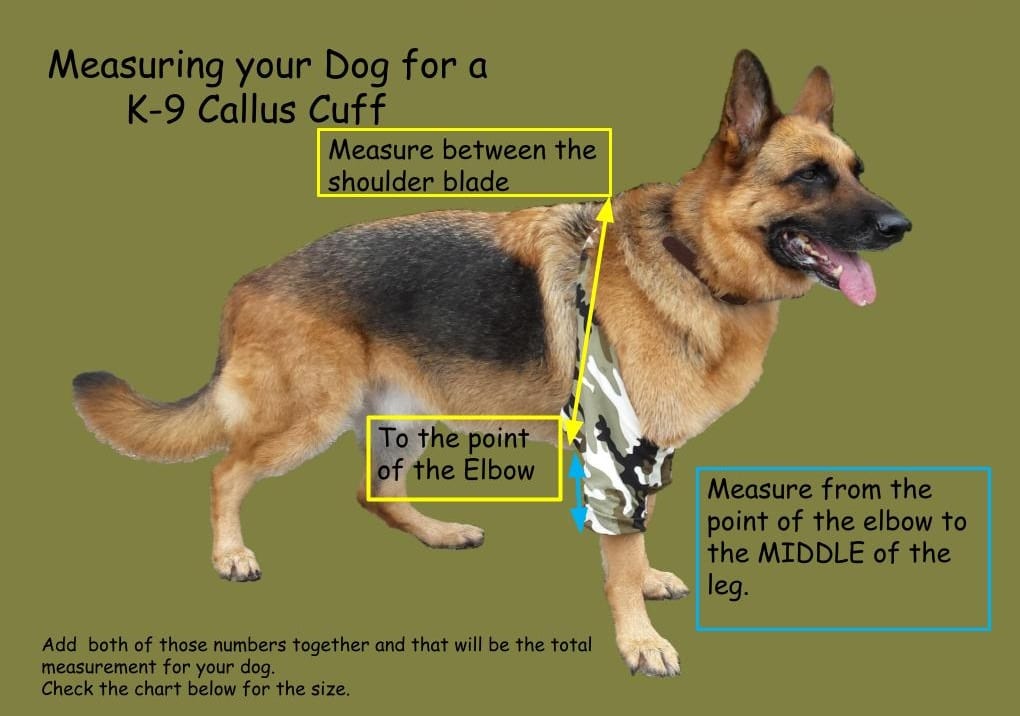 Summer is here! It’s time to get outdoors and enjoy the warm weather (or crazy hot if you live in Florida!) and spend time with your dog. Everyone wonders how hot is too hot for dog to be outside. Most dogs can be healthy and active in the heat, provided they get plenty of access to drinking water and shade. However, there are some particular things to consider. These sunny days can be uncomfortable and even dangerous for dogs. And, it’s worse with the double whammy of soaring temperature and sticky humidity.
Summer is here! It’s time to get outdoors and enjoy the warm weather (or crazy hot if you live in Florida!) and spend time with your dog. Everyone wonders how hot is too hot for dog to be outside. Most dogs can be healthy and active in the heat, provided they get plenty of access to drinking water and shade. However, there are some particular things to consider. These sunny days can be uncomfortable and even dangerous for dogs. And, it’s worse with the double whammy of soaring temperature and sticky humidity.
- Never leave your pets in a parked car – Never means Never! There is no confusion around this issue. Dogs cannot be in parked cars for “just a minute”, with the windows open or the air conditioner on. The temperature inside a parked car can fire up fast…if it is 85°, the thermometer will get to over 100° in under 10 minutes. Give it 30 minutes and it will be 120°! At this temperature your best friend could die!
- Hyperthermia – Related to the disaster that can happen with the parked car fiasco is a condition known as hyperthermia. There are different types that you should discuss with your veterinarian. Simply put, hyperthermia is an elevation in body temperature that is above an acceptable range. While it differs from dog to dog, body temperatures above 103° F (39° C) are abnormal. It is caused by excessive heat and humidity, but also can be from excess exercise on hot day. There are risk factors such as:
-
-
- Being a puppy or very old dog
- Heat intolerance from bringing a dog with a thick coat to a hot location without the chance to get used to it
- Overweight
- Thick fur
- Dehydration or limited access to water
- Heart or lung issues
-
Symptoms to watch out for include panting, dehydration, excessive drooling and looking wobbly. There are lots of others that you can review with your veterinarian. Hyperthermia is a very serious condition that you need to prevent. If you suspect your dog might be hyperthermic, there are some measures to take immediately that might help prior to getting to the vet.
-
- Spray with cool, not cold water
- Cool with a fan
- Wrap with cool wet towels
- Drink cool water, but don’t make him if he doesn’t want it
- Avoid ice or cold water because this can lead to other issues
- Get check out by your veterinarian
The best case is to prevent hyperthermia from happening. We have discussed the parked car scenario. The same goes for enclosed patios, garages, or even an unshaded yard. Prevention tips include:
-
- A wading pool with cool water
- A wet towel or blanket to lay on
- Set up some shade if there is none
- Restrict exercise to early and late in the day
- Burned Paws – Walking or exercising your dog in the summer sure beats doing it in the winter but sunny weather poses a risk to burned dogs paws. It is easier that you might think for this to happen on a hot, sunny day. Remember, you have shoes on, your dog’s paws have no protection. Tips to consider include:
-
- Be aware that if its only 77° on a sunny day, asphalt can get to 125° where there is no shade
- A rule to follow suggests that you use your hand to touch the sidewalk and count slowly to five. If you can’t take it, your dog can’t either
- Walk in grass if possible
- Pay attention to your dog. Limping or trouble walking and or licking or chewing affected paws can be indicators that paws have been burned
- Remember if they have been splashing in the water recently, their paws can be more tender that normal
- Consider dog booties
- If they have been burned, cool their paws with water and get them to the grass and follow up with your veterinarian
- Consider a product to soothe the paws like MyDogSwag Healing Salve
- Sunburn and Skin Cancer – all dog’s skin can impacted by the sun leading to sunburn or even skin cancer. Dogs that have white fur or no fur at all are more susceptible. Sunburns can range from mild or superficial to a full thickness burn. Dogs more prone to sunburn include:
- Golden Labradors
- Golden Retrievers
- Dalmatians
- Pitbulls
- Weimaraners
- Greyhounds
- Boxers
Sunburns can be painful and often noticed at the ears, the nose, or belly first. Other signs include:
- Scratching at the burned and crying
- Dry skin
- Redness
- Sensitivity to touch
Sunburns can be prevented. It can take less than ½ hour outside to be affected by the sun. Tips for prevention include:
- Provide shade
- Provide sunscreen. Use 100% all natural because your dogs will attempt to lick it.
So… when the two of you are worshipping the sun, take as much care of your furry friend as you do yourself… maybe more!







